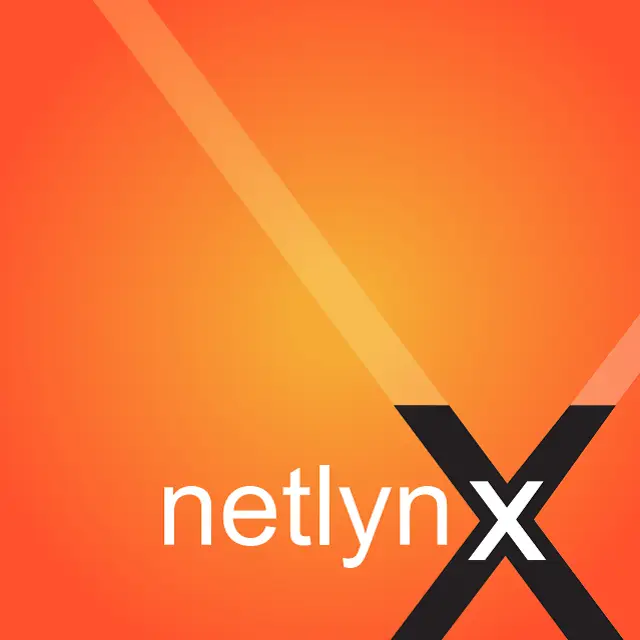
Call Us
888-638-5969
Email Us
Request a Quote
Fill a Quick Form
Whatsapp Now
571-206-1185
Netlynx Inc – An Award-winning Web Design and Digital Marketing Agency providing one-stop technology solutions for growing businesses and organizations across multiple industries.

Successful
Years

Satisfied
Customers
Our Customer
Reviews

Netlynx Inc. has been in business since 2011. We have seen the online world evolve right in front of our eyes. This gives us an upper hand with our web design and development services. We also provide customized digital marketing services for companies of all sizes and needs. Over the years we have launched a number of new brands online – this includes new companies and old ones that had little to no online presence. Our ability to adapt to the latest tools and technologies makes us an asset to have on your team.
Netlynx makes sure you get unparalleled service. We do it by employing the best talent in the city. Our team is experienced in their respective fields and are constantly updating their knowledge to give you the best possible customer experience.
Websites Designed
Industries Served
Returning Customers
Netlynx thinks out of the box and delivers websites that hold a customer’s interest. Our portfolio has unique websites and designs suited for a range of interests and age groups.
Our developers are aware of the ADA-compliant norms and make the necessary website design and development changes to adhere to ADA standards.
Now build high-conversion e-commerce websites that highlight your products and caters to your customer’s every query.
Our mobile app developers have in-depth knowledge of iOS app development, android app development and Flutter app development.
Search engine optimization experts make sure your website uses updated technology and infrastructure so that you can steadily rank on important search terms.
Our social media marketing, SEO and PPC services gradually build a positive brand image, bringing you in front of your target audience.




Mention your reasons for wanting to remodel or update your website. Gather all of the required content and improvisation modifications for the existing website so that a new website may be constructed for you.
This is entirely platform dependent as each social channel has parameters that must be met to get the most out of the platform. Posting frequency and posting timing varies by social platform.
A good social media manager knows these best practices. If you are responsible for running your own social media accounts, you should research the frequency and length of your posts and the time you publish your posts.
Ecommerce website design is the process of creating a website with the goal of selling products or services online. It involves creating layouts, incorporating design elements, and optimizing for usability, accessibility, and search engine optimization. The design should also be tailored to the target audience, their needs, and preferences.
Yes, we offer a basic SEO setup package that includes things like setting up metadata, tracking, and setting up analytics. Customers can also request a monthly quote for additional SEO services for further optimization. Yes, we optimize your website for SEO as it is one of the most important steps to increase your chances of getting a large number of leads.
Always choose a web development company that has years of experience behind them. Netlynx has 12+ years of experience as a development company. We have gained field experience by working with different industries and companies of all sizes. This immediately puts your business in good hands – hands that won’t treat your company as another trial-and-error project.
Yes, we do. We re-develop outdated websites and/or poorly developed websites. Feel free to send in your query and we will get back to you as soon as possible.
The Netlynx team will create an optimised website by using modern and light code, strictly necessary extensions and plugins and create site maps. However, to rank your website on search engines you must have an ongoing content strategy.
Netlynx has 12+ years of experience under their belt. We have worked with customers all over the world with varying digital marketing and web development requirements. This has made us flexible and diligent service providers dedicated to make your brand shine.
ADA compliance is a sensitive aspect of web design. A designer who isn’t aware of ADA norms might get you in legal trouble. Netlynx has years of experience with ADA design with more than 15 industries. We need to do a simple audit and make your website ADA-compliant right after the first round of edits.

888-638-5969
Fill a Quick Form
571-206-1185
